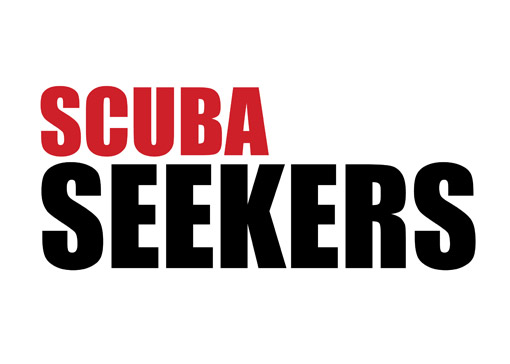Tag: rec
Everything You Need to Know About Diving the Blue Hole in Dahab, Egypt
The Blue Hole is a Dahabian icon. Divers have long been attracted to its sparkling display of sunlit corals, crystalline visibility, and a seemingly infinite depth. Coupled with ease of…
The Drift List: A Guide to Dahab’s Best Dive Sites for Drift Diving
The conventional method of drift diving involves divers descending along a reef before propelling themselves into a swift current that takes over most the work – carrying divers along the…
7 Reasons to Love Our Housereef (Mashraba)
“There is nothing quite so delightfully mysterious as a secret in your own backyard.” We couldn’t agree more with author Patrick Rothfuss here. At Scuba Seekers, our backyard is home…
I Have My Open Water Certificate, Now What?
Congrats – you did it, added that first shiny certification card to your collection! Now begs the questions – what next? It’s a question we hear all the time and…
GUE Fundamentals
As a beginner diver and intern at Scuba Seekers Diving center in Dahab, and as someone who is always surrounded by professional divers most of the time, I came to…
GBI in Dahab
“You can do anything you want if you are willing to give up the belief that you can’t do it.” And the guys from GBI Shine are an amazing inspiration to all of us.
